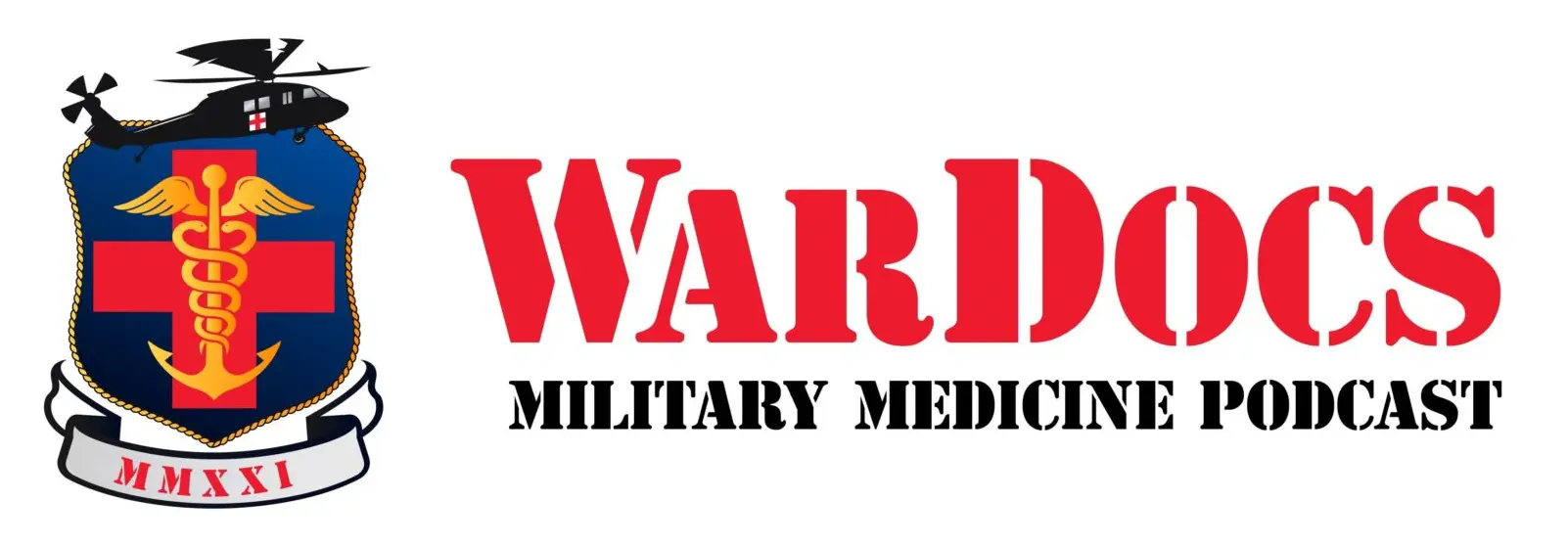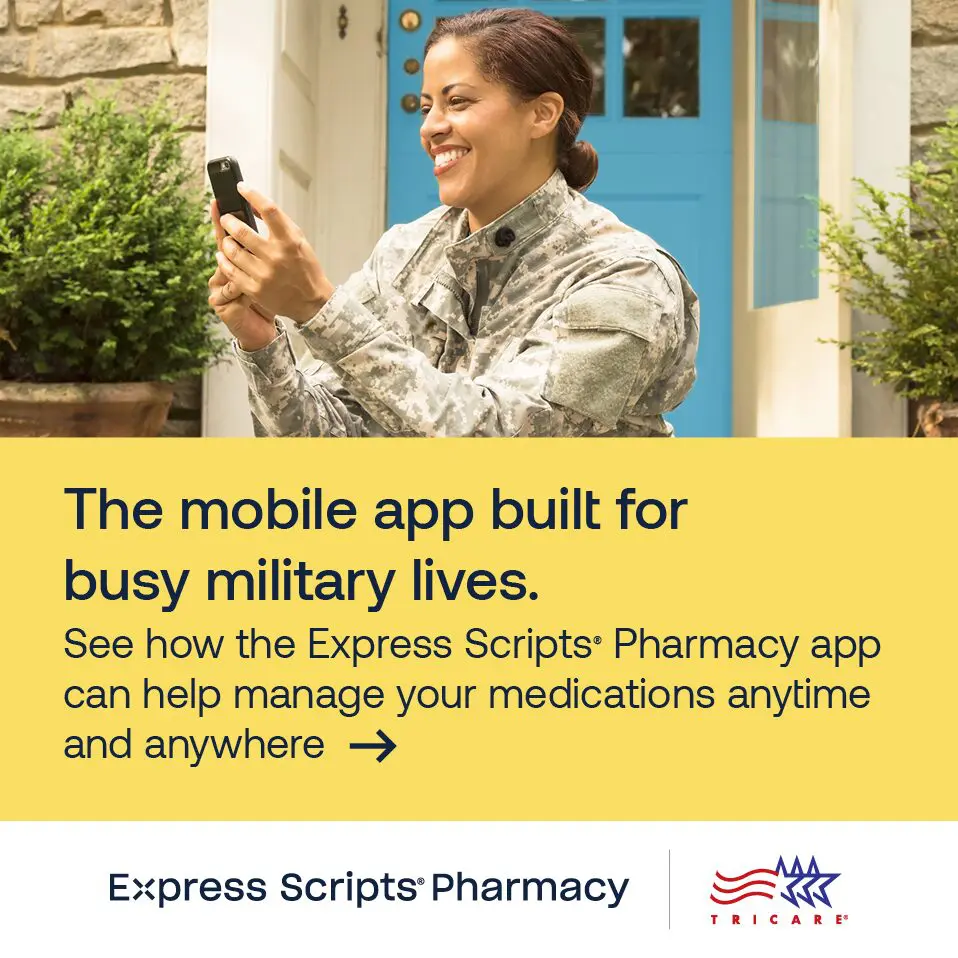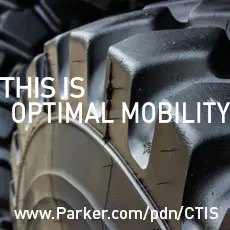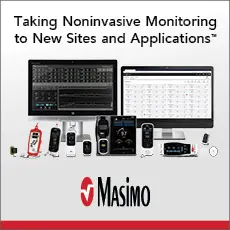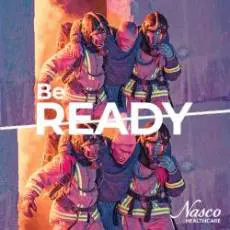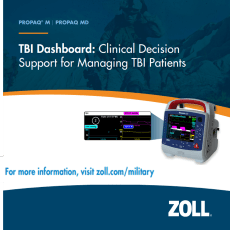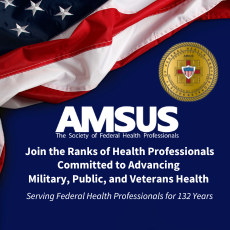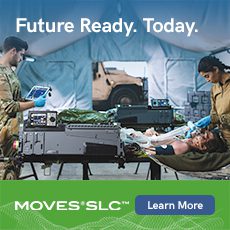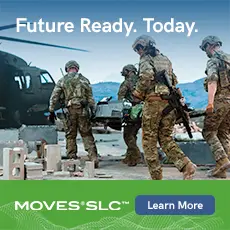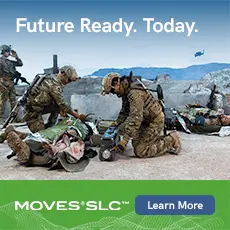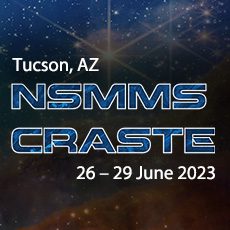Forging the Future of Tele-Critical Care
From Combat & Casualty Care , Winter 2022
Matt Quinn is the Science Director for the Army’s Telemedicine & Advanced Technology Research Center (TATRC) and leads efforts by TATRC’s research & development teams to forge the future by fusing data, humans, and machines into solutions that optimize Warfighter performance and casualty care. Matt has over 20 years of experience in health technology across federal agencies including the Agency for Healthcare Research and Quality (AHRQ), the National Institute of Standards and Technology (NIST), the Federal Communications Commission (FCC), the Heath Resources and Services Administration (HRSA), the U.S. Army as an Engineer Officer and in the private sector at Intel Corporation, where he was Managing Director of Healthcare and Life Sciences and at Teradata, where he was Healthcare Industry Manager. Mr. Quinn has been deeply involved in advancing health innovation and, while Director of Healthcare Initiatives at the FCC co-authored the FDASIA report for Congress on the regulatory framework for health technology and at AHRQ and NIST co-authored key guidance which led to “safety-enhanced design†EHR certification requirements. Matt has testified before the Senate and the House of Representatives, been recognized multiple times with the FedHealthIT100 award for driving change and advancement in the Federal Health IT ecosystem, received the HHS Distinguished Service Award, the highest honor granted by the department, the Army Meritorious Civilian Service Medal for his work in launching the National Emergency Tele-Critical Care Network (NETCCN) and the first ever National Health IT Collaborative for the Underserved “Champion of Diversity†award. He earned an engineering degree from the United States Military Academy at West Point and an MBA from Colorado State University.
Combat & Casualty Care spoke with Matt Quinn, Science Director at the Army’s Telemedicine & Advanced Technology Center (TATRC) regarding the evolution of the National Emergency Tele-Critical Care Network (NETCCN) and ways the NETCCN is bridging the care gap in lack of immediate care response when casualties occur remotely and ready access to hands-on treatment is not an option.
C&CC: Provide some brief background on NETCCN’s growth to the present and its reach.
Mr. Quinn: NETCCN was born in March 2020 when the U.S. Army Medical Research and Development Command’s Commanding General, BG Michael Talley, asked TATRC’s Commander, COL Jeremy Pamplin, “What can TATRC do to combat the COVID-19 pandemic?†One-hundred and eighty-three days after that call and less than three months after the award, NETCCN initiated its first mission in the real world: tele-critical care in support of the INDOPACOM mission to Guam Memorial Hospital. During the pandemic, NETCCN has delivered “anywhere to anywhere†tele-critical care – and a wide variety of other services – in support of more than 60 healthcare organizations, 1,000 patients, and nearly 5,500 patient days of care across the United States and its territories. Since, NETCCN has been incorporated into several military exercises and experimentation activities, including Project Convergence 22, which has resulted in “soldier touchpoints†with more than 300 military clinicians and more than 900 simulated patient encounters. One of the NETCCN platforms now has an ATO (Authority to Operate) on military networks and TATRC is currently working with the Defense Health Agency’s (DHA’s) Virtual Medical Center to initiate a pilot program to use NETCCN to extend scarce expertise on Monkeypox from wherever the infectious disease specialists are to wherever the DoD needs that expertise to evaluate potential cases of this disease. In addition, NETCCN is supporting the President’s “Test to Treat†program at 13 community COVID-19 testing sites in Michigan through a mission assignment from the Department of Health and Human Services Administration for Strategic Preparedness and Response (HHS/ASPR). While this might seem far from combat casualty care, expanding COVID-19 testing sites staffed by community health workers – often in poorly-connected churches, strip malls, and community colleges – to support on-demand evaluation and prescription of anti-viral drugs truly demonstrates the ability of NETCCN to reach “from anywhere to anywhere.â€
C&CC: As a network-reliant type of healthcare, talk about ways telemedical capabilities are evolving to better meet patient needs.
Mr. Quinn: Traditionally “telemedicine†evokes images of bandwidth-heavy “real-time video†applications in which clinicians in healthcare organizations communicate with patients, whether at home or in another clinician’s office using specialized telemedicine equipment and peripherals. NETCCN – both to support new models of care during COVID-19 and for Multi-Domain Operations – has broken this mold in several ways. First, NETCCN operates on personal or organization-supplied smartphones and tablets instead of specialized or proprietary hardware that would need to be shipped and installed prior to use. This allowed TATRC to initiate a NETCCN mission to a hospital in Missouri in less than three hours, saving two patients’ lives. Next, while NETCCN can and has supported direct-to-patient care delivery, the vast majority of NETCCN use has been in support of other clinicians: an intensivist assisting a primary care doctor at a rural critical access hospital care for a severely ill patient, an intensive care nurse helping a medical surgical nurse, and even palliative care expertise for small hospitals that usually send their sickest elsewhere but, because of circumstances, cannot. Another key difference is bandwidth requirements. NETCCN applications all must run on 4G cellular networks versus broadband. Something that we have learned through extensive use of NETCCN by healthcare providers in the military health system and across the globe is that, especially after an initial communication, most clinicians communicate through messaging and other low-bandwidth synchronous and asynchronous communications. During the pandemic, one of the hospitals that NETCCN was supporting lost power and network. Because NETCCN runs on 4G and phones, it was the continuity of care for a period of time. Instead of featuring a wide array of features and functions – as is the case among technologies competing for the traditional hospital telehealth market – NETCCN applications have a few features that are exceedingly simple to use (as determined by extensive usability testing): basic communication, documentation, and onboarding patients. Finally, there are multiple NETCCN applications – intentionally. While each must meet certain minimum characteristics, like the ones described above, they are all different. But must all be able to connect to a cross-platform application module that accepts and normalizes data across the applications. This reflects the reality of the future of telemedicine and digital health tools, whether in the civilian world or in military health, across levels of care, specialties, services, and the like.
C&CC: From a primary challenges perspective, speak to the specters of Prolonged and Mass Casualty Care. How are the hurdles for each shared and different?
Mr. Quinn: Prolonged care, mass casualty care, or both are characterized by resource limitations: Equipment, medications, medical devices, and especially expertise. Our experimentation in support of mass casualty care and prolonged care should focus on expanding the capability and capacity of those on the front lines and of the system as a whole. Our NETCCN experience in COVID-19 provided excellent learning in this regard and motivated our application of tele-critical care. As Barbash and others noted in the New England Journal Catalyst early in the pandemic, “Locations without ICU beds do not have clinicians who know how to use ventilators – even if they become available. Necessary is a simple, consistent means to reliably and effectively support people who deliver critical care. As long as network resources are available, Tele-Critical Care is a solution.†Throughout the pandemic, we encountered and assisted clinicians mostly at small hospitals who would ordinarily send their sickest patients to a larger hospital. But, because of surges and other factors, they could not. We have countless examples of how primary care doctors, physician assistants, and medical-surgical nurses in some of our Nation’s most underserved, austere, and rural communities successfully cared for ventilated patients, sometimes for days. The key was establishing that trusted relationship between distance and local caregivers. And helping them in their time of need. NETCCN had several hospitals as repeat customers and this is a testament both to the challenges of a depleted workforce during surge after surge and to the value of the service to the caregivers at these organizations.
From the start, and in an effort to apply experience from the pandemic to mass casualty events in the context of MDO, NETCCN has been envisioned as something that would scale nationally – or even internationally. This requires not just technical scalability – the cloud – but a framework to field requests, assign teams to missions, and collect data across multiple NETCCN teams. By organizing NETCCN as a digital health ecosystem consisting of multiple clinical/technical teams connected by an operations cell and a cross-platform application platform, NETCCN has supported as many as 26 healthcare organizations simultaneously, while on-boarding and off-boarding new missions. Incorporation of NETCCN into real-world hurricanes, tornadoes, and other large-scale casualty events as well as experimentation exercises like PC22 will further this learning.
C&CC: With the continued evolution of the National Emergency Tele-Critical Care Network (NETCCN), what are some key TATRC objectives for streamlining more services to fit within NETCCN’s scope, particularly in support of future Multi-Domain Operations?
Mr. Quinn: During the whirlwind of the past two and one-half years, TATRC and its partners have done our best to gather rigorous qualitative and quantitative feedback from users of all types, both to iteratively improve NETCCN platforms and operations on a continuous basis, but also to gather lessons learned to apply to the challenges of MDO. Through direct use and refinement by medics in TATRC’s NEXUS human-performance lab, TATRC and our NETCCN teams can gather empirical data from combat medics performing complex and iterative combat casualty care tasks, including procedures, with the assistance of distance tele-critical care experts, which combat medics typically do not perform. This allows TATRC and its teams to get closer to optimizing human-technology teams and to refine both technologies and concepts for how technology can expand capability and capacity of response.
Another key thing that we’ve learned is that NETCCN is applicable to far more than critical care. Effective extension of an array of expertise far forward – to the point of need – can keep more Soldiers in the fight, but also keep more clinicians, medics, and others available to serve.
Finally, a key extension of NETCCN has been what we call “virtual hospital†capabilities – extending the NETCCN “anywhere to anywhere†care model to deliver “hospital-like†services to further increase capability and capacity. Early in the NETCCN project, TATRC – virtually – brought together military and civilian leaders, clinicians, technologists, combat medics, and other stakeholders to identify and prioritize “virtual hospital†capabilities. The ability for distance clinicians to extend NETCCN services by remotely controlling mechanical ventilators and infusion pumps – via smartphones and tablets – both has value for virtual care of COVID-19 patients and for future combat casualty care concepts. For example, instead of a distance intensivist instructing a nurse via voice, video, or messaging on how to adjust a ventilator, remote control – with a local caregiver in the loop – would allow the distant clinician to directly control the medical devices “from anywhere to anywhere.†In December 2021, after just seven months of work, three teams conducted a live demonstration of remote control of ventilators from three different manufacturers in key COVID and combat casualty care scenarios. Ventilator remote control was included in NETCCN support of a hospital in Vermont during the Omicron surge. In November 2022, the same teams will demonstrate remote control of ventilators and infusion pumps and incorporation of data across devices and sites of care in a dynamic, situational awareness dashboard.
C&CC: Feel free to speak to other areas of focus and any R&D outlook.
Mr. Quinn: In the recently published Army Medical Modernization Strategy, LTG James M. Richardson lamented that “The AHS’ current acquisition and modernization processes are antiquated and unable to keep pace with the current threat environment.†The COVID-19 pandemic for all of its horror, death, and suffering, presented a unique opportunity to work differently – to work faster, to be radically inclusive by bringing together technologists, clinicians, and regulators, to work in (interoperable) ecosystems, to continuously improve through fielding, rigorously gathering feedback, iterating, improving, fielding and gathering feedback again.
To have an impact on the pandemic, as MRDC’s CG challenged us, TATRC needed to assemble a team of teams to deliver an actual service. And do it quickly, securely, and safely. Normally a research lab is responsible for prototyping a technology piece of a larger solution that, maybe, will transition to advanced development for later integration to “close a validated gap.†This simply was not a tenable approach. So TATRC worked differently and made a significant impact.
In its letter to the 2022 NDAA, the Senate Armed Services Committee commended “TATRC… for the rapid development and deployment of… NETCCN… and… encourages the Defense Health Agency to fully leverage this…to accelerate current and future digital health and telehealth applications throughout the military health system.†TATRC and its NETCCN teams have won multiple awards for “Disruptive Innovation,†impact, and government innovation but as the pandemic winds down, there is an opportunity to apply lessons learned not only from the technologies and care models that we used to expand capability and capacity during COVID-19 to combat casualty care and military medicine more broadly, but to how we work moving forward. Reverting to legacy processes, roles, and functions will not deliver the trusted, usable, interoperable, secure solutions that our combat medics, frontline caregivers, and leaders at the echelon will need to address the myriad of known and unknown challenges of combat casualty care in MDO.

